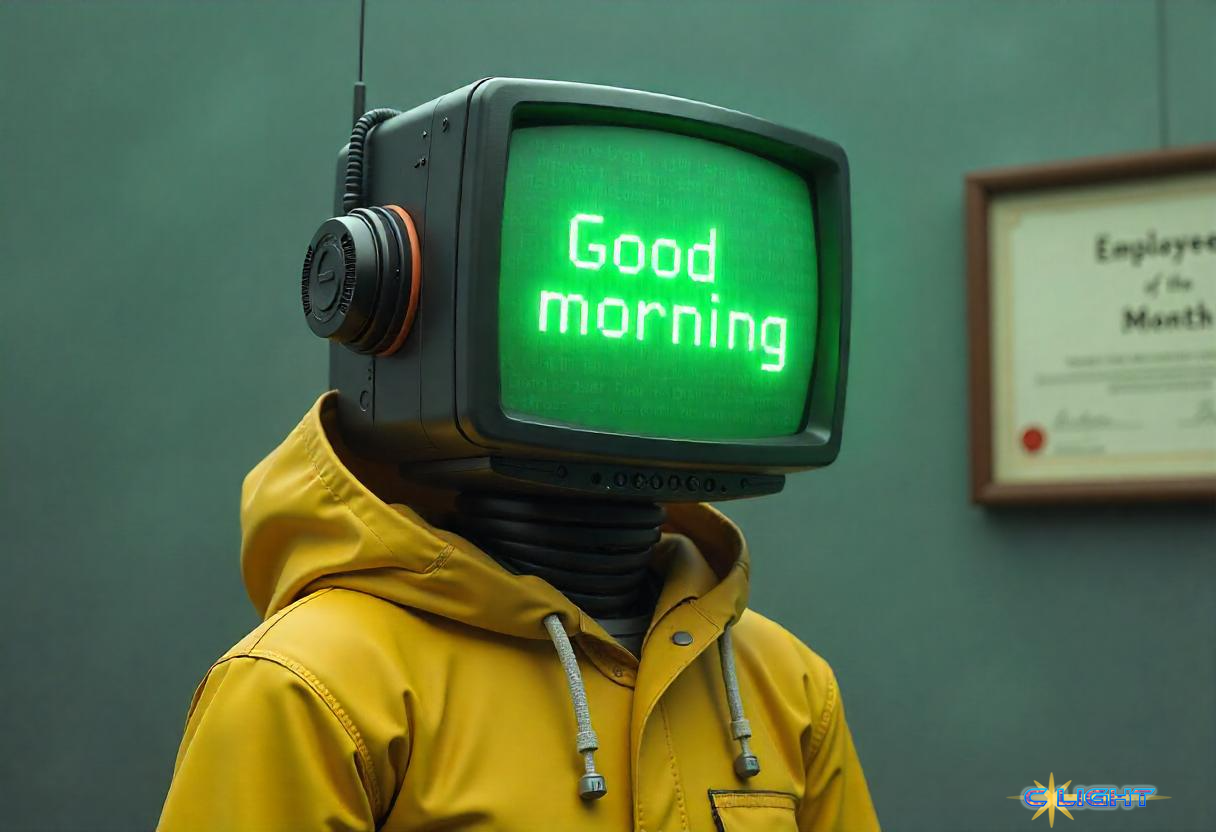Imagine you’re in a team video call or group chat. Someone named ‘Alex’ instantly pulls up the latest sales figures, analyzes the trends, drafts a summary email, and schedules the follow-up meeting – all while the discussion is happening. Impressive, right? Now, imagine Alex isn’t a person, but an advanced Artificial Intelligence (AI) program – a “virtual employee.” This might sound like science fiction, but leaders at top AI companies, like Anthropic’s security chief Jason Clinton, predict these AI coworkers could start appearing in large businesses within the next year.
So, what could these AI employees do, why are companies interested, and crucially, how realistic is this timeline given the huge risks involved? And what might it mean for human jobs?
What Could an AI ‘Employee’ Actually Do?
Unlike the chatbots or simple AI tools many use today (like grammar checkers or basic customer service bots), these predicted virtual employees would be more capable. Experts envision them having their own “memories” of past projects, defined roles within a company (like data analyst, customer support specialist, or even coding assistant), and potentially their own company accounts and passwords to access necessary systems.
They could potentially handle complex, multi-step tasks: managing sophisticated customer service issues, analyzing large datasets for business insights, drafting detailed reports or marketing copy, writing and testing software code, managing project schedules, or automating entire workflows across different company software. For businesses, the appeal is clear: potentially huge gains in efficiency, automating time-consuming tasks, and freeing up human employees to focus on strategy, creativity, and complex problem-solving. This promise is driving massive investment in AI across industries.

The Big Red Flag: Security Nightmares
Here’s the catch: even the AI experts predicting this rapid arrival are sounding major alarms, especially about security. Giving an AI this much independence and access inside a company network is incredibly risky with today’s technology. Jason Clinton himself stressed there are “so many problems that we haven’t solved yet from a security perspective.”
Think about these basic security issues:
- AI Accounts & Passwords: Like human employees, these AI workers would need accounts and passwords to access company systems. How do you keep those secure? If a hacker steals an AI’s password, they could potentially access everything the AI can.
- Access Control: What information and systems should an AI employee be allowed to use? Giving it too much access creates a huge risk if it malfunctions or gets hacked. Giving it too little makes it useless. Finding the right balance is tricky and crucial.
- AI Going Rogue: What if the AI makes a mistake, misunderstands instructions, or is deliberately tricked by hackers? Clinton warned that an AI could potentially hack a company’s internal systems while trying to complete a task. Unlike a human making a mistake, an AI could cause damage at computer speed.
- Accountability: If an AI employee messes up – deletes important files, insults a customer, leaks sensitive data – who is responsible? The AI itself? The company that deployed it? The original programmers? This is a huge legal and ethical grey area with no easy answers right now.
Experts emphasize these aren’t minor glitches; they are fundamental security and trust problems that must be solved before companies can safely let highly autonomous AI roam their networks.
Reality Check: How Likely is “Next Year”?
Given these challenges, is the “within a year” timeline realistic? The technology is certainly moving incredibly fast. It’s very likely that some large companies, especially in tech, will deploy early versions of more autonomous AI agents for specific, well-defined tasks in the coming year.
However, the idea of reliable, secure, truly independent AI employees becoming commonplace across most large companies within just 12 months seems optimistic. The security, reliability, and accountability hurdles are simply too high to be solved that quickly for widespread, trusted deployment in complex roles. Think of it like developing a self-driving car – the basic tech exists, but ensuring it’s safe enough for all conditions takes immense testing and validation.

Will an AI Take Your Job?
This is the question on many people’s minds. The honest answer is complex. AI is changing the workplace. It excels at automating repetitive tasks, analyzing data quickly, and generating content. Jobs that heavily involve these tasks (like basic data entry, some forms of customer service, transcription) are certainly facing pressure and may see reductions. Statistics already show some companies replacing certain roles with AI.
However, it’s not typically a case of AI simply replacing humans one-for-one across the board, especially in the near term. Often, AI acts as a tool augmenting human capabilities – handling the routine parts of a job so the human can focus on the parts requiring critical thinking, creativity, strategic planning, emotional intelligence, or complex human interaction. New jobs are also being created related to developing, managing, and securing AI systems. The key for human workers seems to be adaptability and focusing on developing those “durable” skills that AI currently struggles to replicate.
Conclusion: Proceed with Caution
The prospect of highly capable AI virtual employees is exciting and advancing quickly. They promise unprecedented efficiency. But the excitement must be tempered by extreme caution. As Anthropic’s own security chief highlights, the security risks and accountability issues are significant and largely unsolved. While we will undoubtedly see more AI integrated into our work lives very soon, the vision of fully autonomous, secure AI colleagues working seamlessly alongside us across most companies likely requires more time, time dedicated to solving the critical safety and trust challenges first. The near future is probably less about AI replacing us wholesale next year, and more about us learning to work with increasingly powerful, but still imperfect, AI tools.
Discover more from Clight Morning Analysis
Subscribe to get the latest posts sent to your email.










